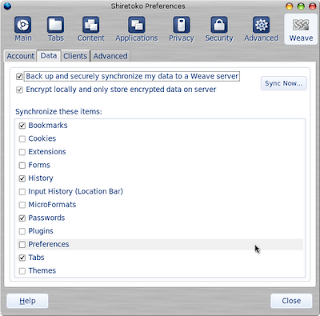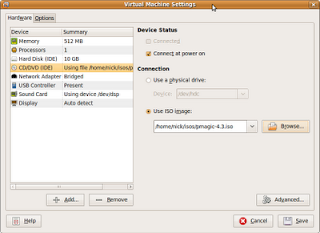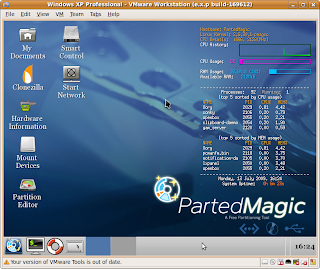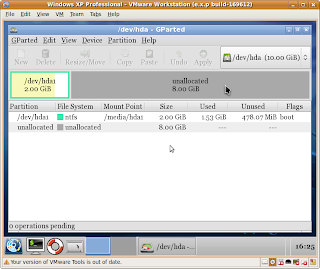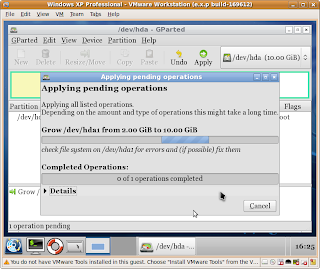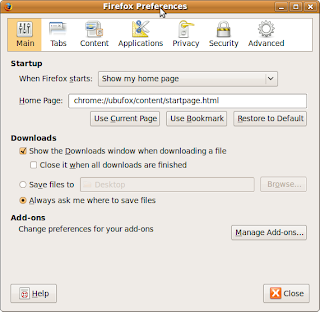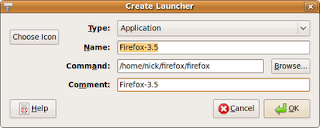I have been using this on a Redhat 5.3 based workstation for several weeks now and it has proved in it's current build - 169612 to be very stable. I have run up several virtual images, which include a Redhat 5.2 image to test logical volume testing, and an Ubuntu 9.10 karmic image to have a look at how Grub v2 works with this next release. All have gone well, and there are many new features as you can see from the list below, which I have grabbed from the web.
The one point I would make , is if these are enough of an improvement on Workstation 6.52, as normally when Vmware ups the version number, they ask for some more money. We will have to wait and see for the announcement.
Anyway here is a list of what I have found on the new features.
*
Improvements in the support of 3D OpenGL 2.1 and Shader Model 3.0 are supported in virtual machines, Windows XP, Vista
and Windows 7.
*
Support for new model drivers Windows Display Driver Model for Windows 7 is still only 2D acceleration and support only one monitor, the driver is using 32MB RAM.
If you want to run a 3d application in Windows 7, you must configure it to use the old SVGAII driver from VMware.
*
Support vSphere 4.0 and ESX support Professionals can now run these technologies as a guest system to verify the manner in which they are suited to your organization. ESX at this point is supported only on processors that support hardware-accelerated virtualization (all Intel Core 2 and above, AMD Athlon 64 X2 AM2/Phenom and above).
*
Support for Multiple expanded to a four-SMP systems VMware allows you to allocate to the guest system with four virtual single processor with two dual-and single-Quad.
*
Virtual printer allows you to print without a printer to print on all printers host OS
Printers are added to the guest operating systems automatically and not require a network.
*
Download VMware tools on the Internet on demand.
VMware added ability to upload via the internet the latest versions of VMware Tools including for the new OS, which will improve support for new systems of having to wait out a new version of VMware WorkStation.
*
AutoProtect Snapshot'ov possibility of creating a new virtual machine on a schedule for the rapid restoration of the guest OS.
*
Encrypting the virtual machine VMware now supports encryption (AES 128-bit) and password protection of virtual machines. Running such machines working in the VMware Player.
*
Support for IPv6 was added to connect the type of bridge (direct connection of virtual machines to the physical network).
*
Support for ALSA Finally we became VMware support audio output to ALSA, which will simultaneously output sound from the host and guest OS without locking the sound device.
*
Put on a break Now you can temporarily stop the implementation of a guest operating system and free up resources for the system.
*
Improvements in technology Drag and Drop. Support drag and drop images, formatted e-mail attachments and zip folders is now supported in Windows, and Linux.
*
Improved support for debugging of guest OSes in a replay ( "Play")
*
Expanding virtual disks. It is now possible to expand virtual disks and operating system Windows Vista and Windows 7 can take advantage of this opportunity without running additional software
*
Fuse Linux operating systems can now mount the virtual disk images via Fuse.


